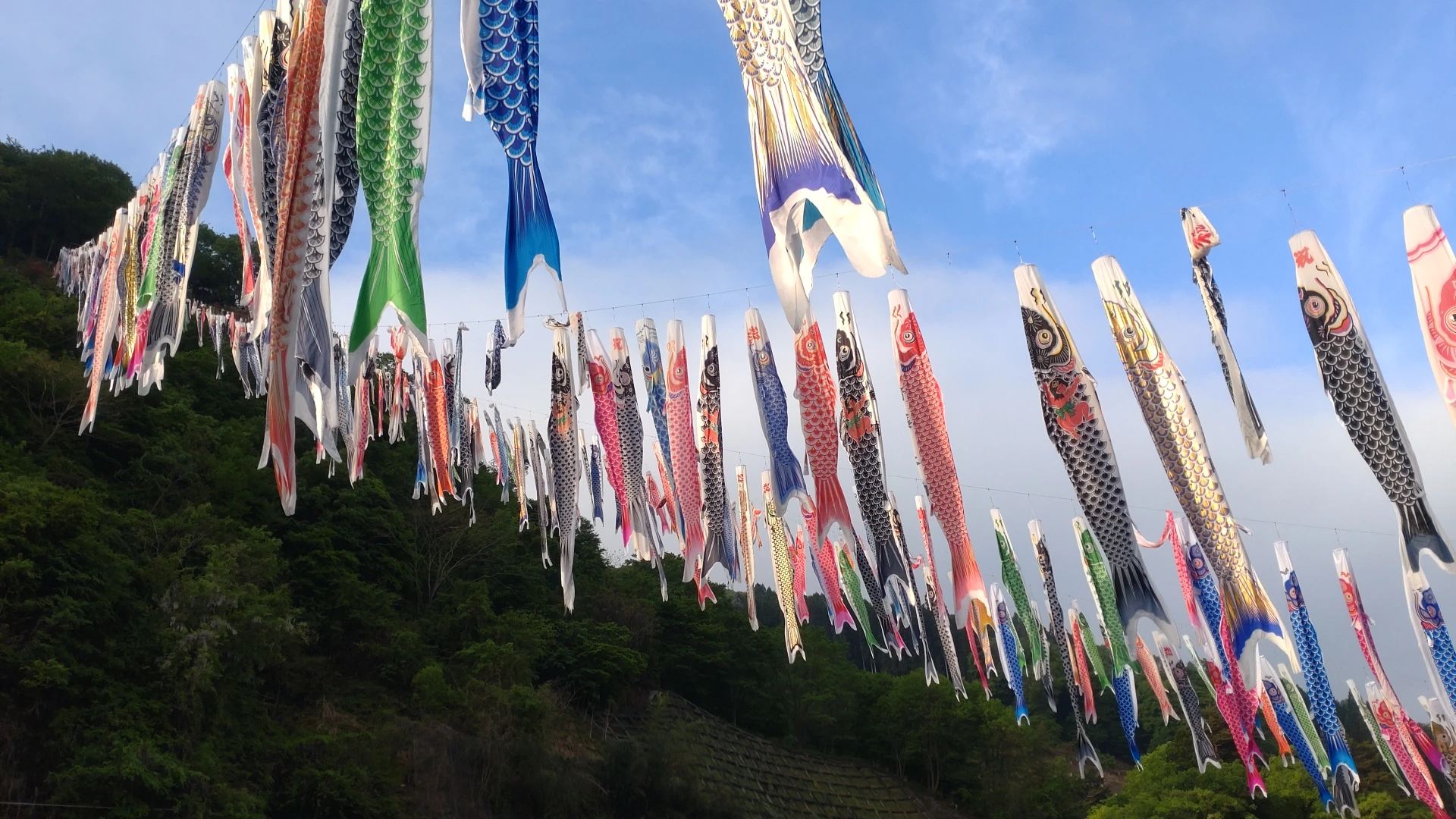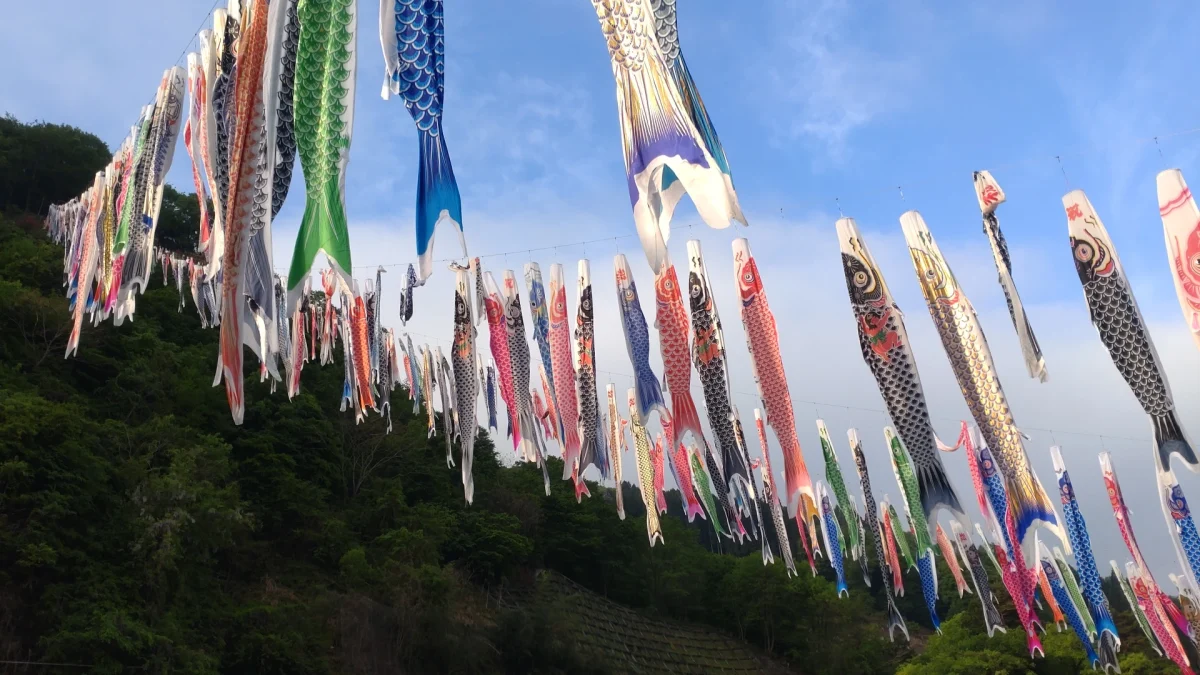
It’s fascinating how traditional events in Japan continue to be cherished and adapted in various regions!
And May 5th is Children’s Day, or Tango no Sekku.
Tango no Sekku, celebrated on May 5th, is a traditional Japanese event where we wish for the healthy growth and happiness of boys. Originally, it came from an ancient Chinese ritual for warding off evil spirits and evolved in Japan during the samurai era as a celebration for the growth of boys. Even today, families carry on this important day by displaying gogatsu ningyo (samurai dolls), raising koinobori (carp streamers), and sharing a meal together, all while praying for their children’s well-being.
However, with more people living in apartment buildings these days, you don’t see koinobori fluttering in private gardens as much. Instead, more and more regions have started putting up large displays of koinobori as events.
Went to See the Carp Streamers
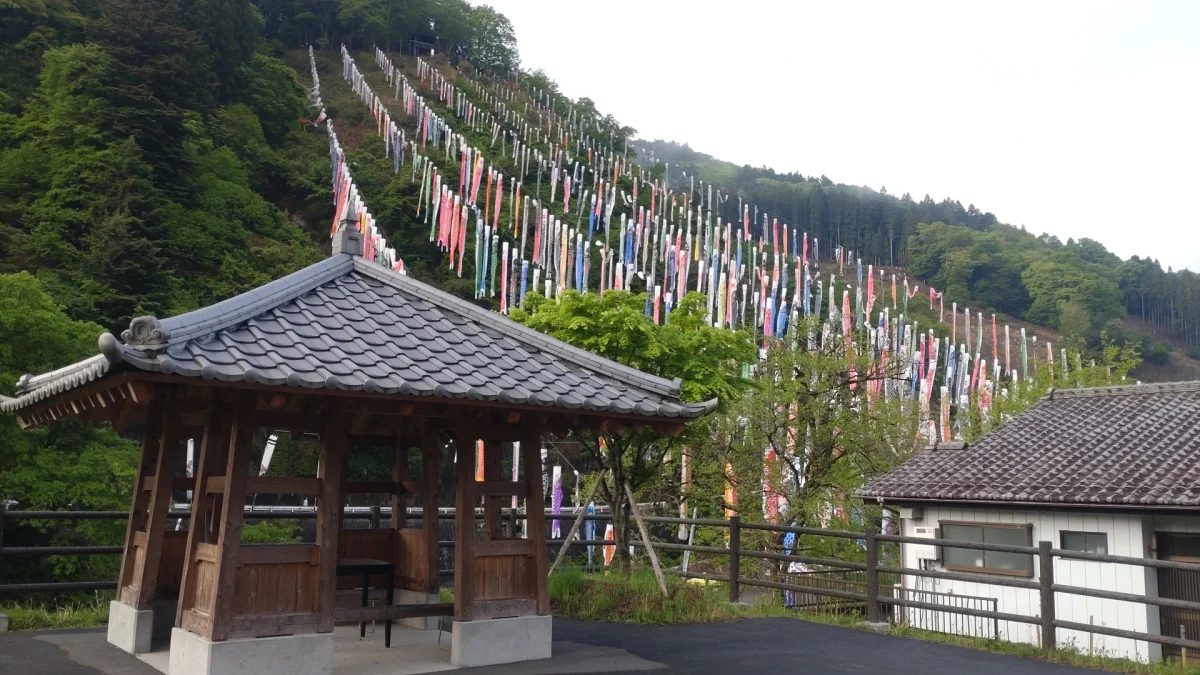
From late April into the first week of May, there’s a period with several public holidays and festivals, leading to many companies having extended holidays. I used the spring holidays to spend three days at my parents’ house, helping out with the farm work.
On the second morning, I was woken up early by the racket of a raccoon living in the attic. So, before starting the farm work, I decided to go for a drive. I planned to visit a small mountain town about an hour away to see the koinobori they put up.
Every year around this time, I usually visit that area for stream fishing, but this year I hadn’t been because of helping with the farm. However, I figured I had enough time before the farm work to go and take a look at the carp streamers.
On the way, I passed the familiar dam lake, enjoying the scenery and the mountains bursting with fresh greenery as I drove to my destination. It was still 6 a.m. when I arrived, and the riverbed where the event would be held was deserted. I was able to slowly appreciate the hundreds of koinobori and the gentle flow of the river.
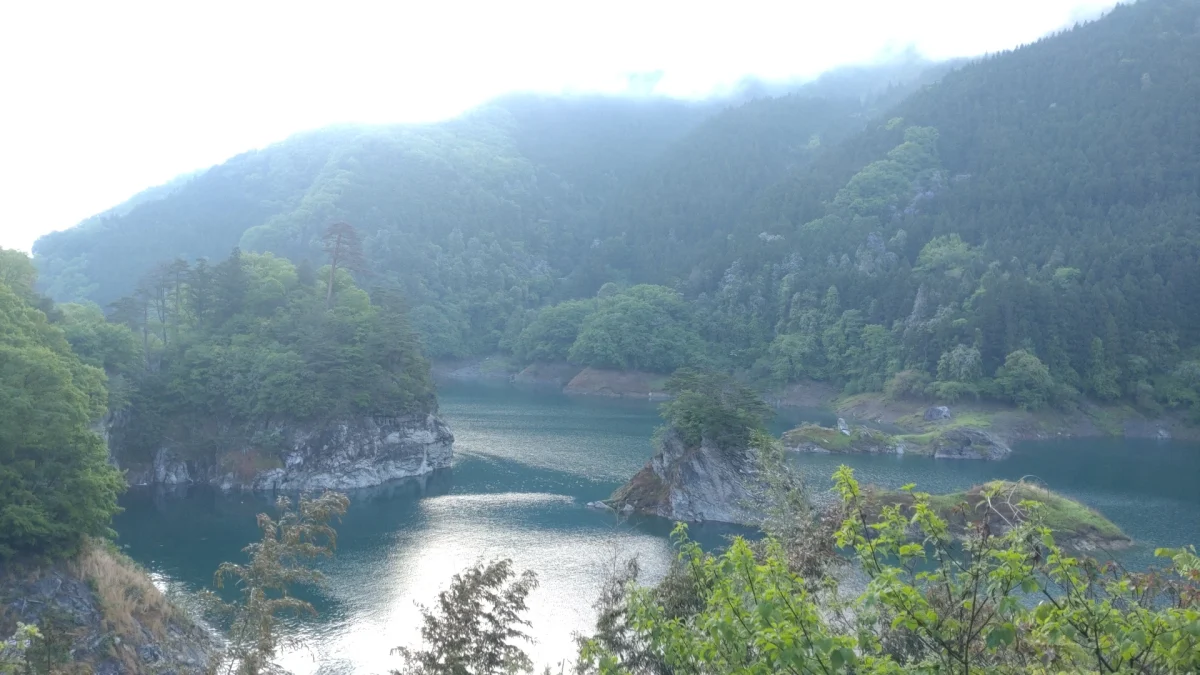
This place also holds many cherished memories for me, as I visited it often when my child was small. I came here with my wife and our young child, and also with my mom and my dad. This time I came alone, but it brought back very nostalgic feelings.
After walking along the riverbank and taking in the mountain views, I decided to take a slightly higher elevation mountain road on my way back.
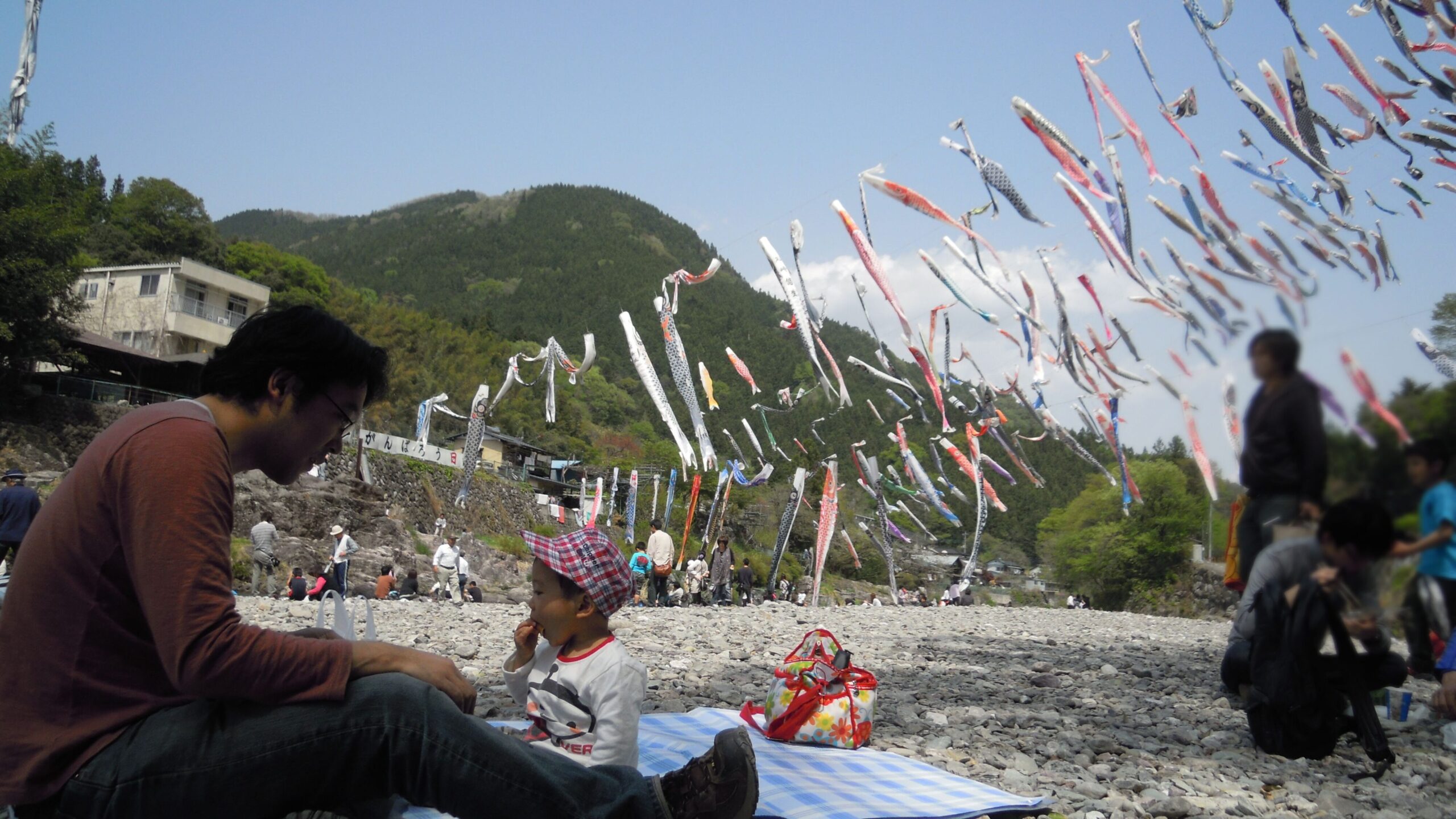
Sea of Clouds and Mountain Climbing
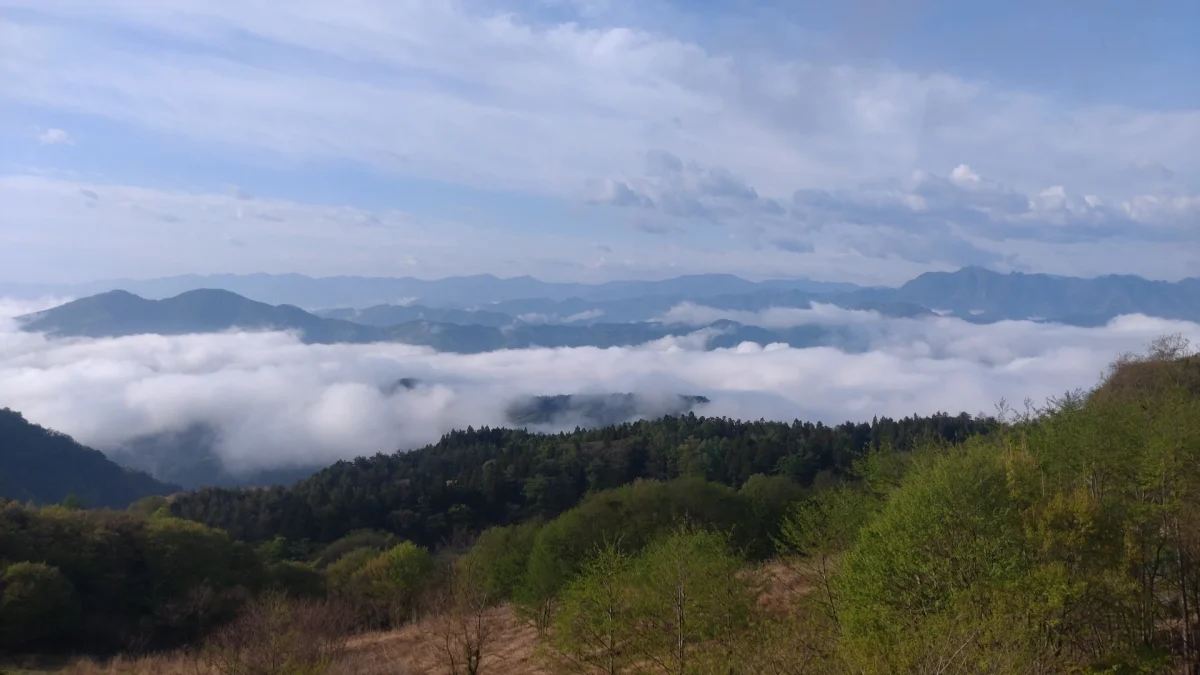
The route I chose for the return journey went through an area around 3,300 feet high. After driving for a bit and reaching a spot with a good view, I saw a sea of clouds spreading out below me. I pulled over and took a few pictures. The place where I had just been looking at the koinobori was under that blanket of clouds.
Then, I went to a place where there was a trail leading to the summit of a nearby mountain and decided to climb up. The round trip from where I could park wasn’t even 3 miles, but the slope of the mountain path was unexpectedly steep, making it quite a climb.
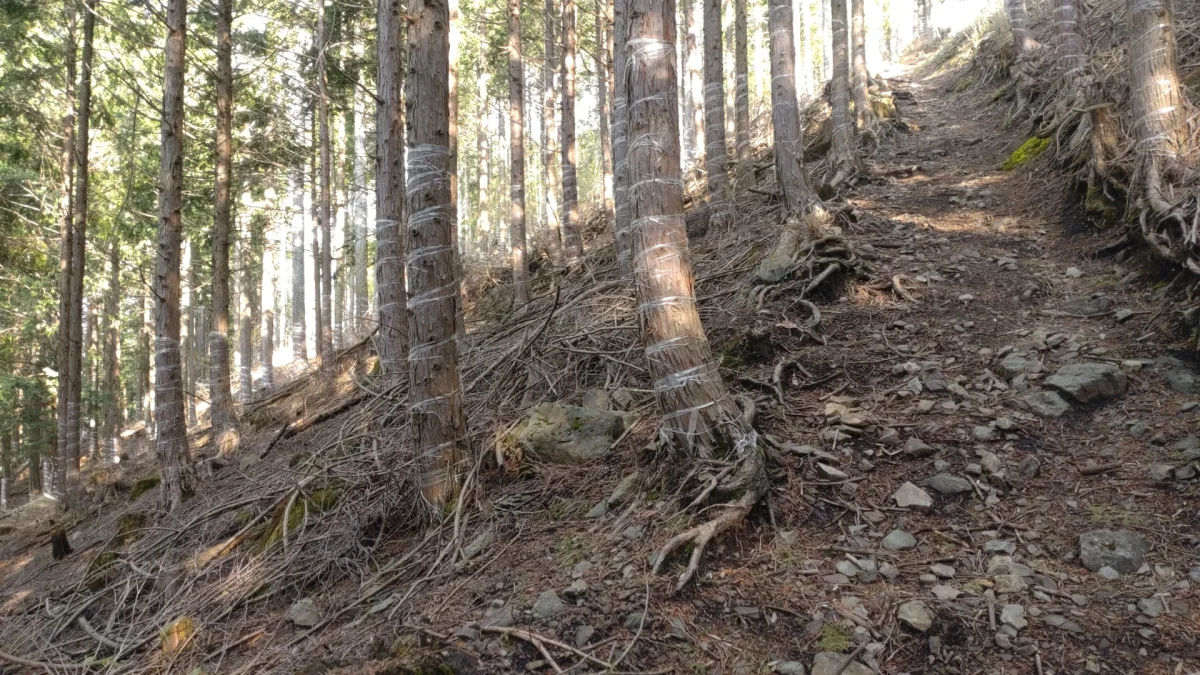
However, when I reached the summit, the view was even more expansive than where I had seen the sea of clouds earlier. I could see 360 degrees around me. The deserted mountain summit in the morning was truly refreshing, so beautiful that I forgot my fatigue.
In ancient Japanese religious beliefs, nature is often seen as having deities residing within it, and many mountains themselves are worshipped. This place is also considered one of those sacred spots, and I could understand why ancient people felt that way.
Tokyo and Kyoto are popular tourist destinations, but I feel proud that there are still many wonderful, lesser-known places in the Japanese countryside.
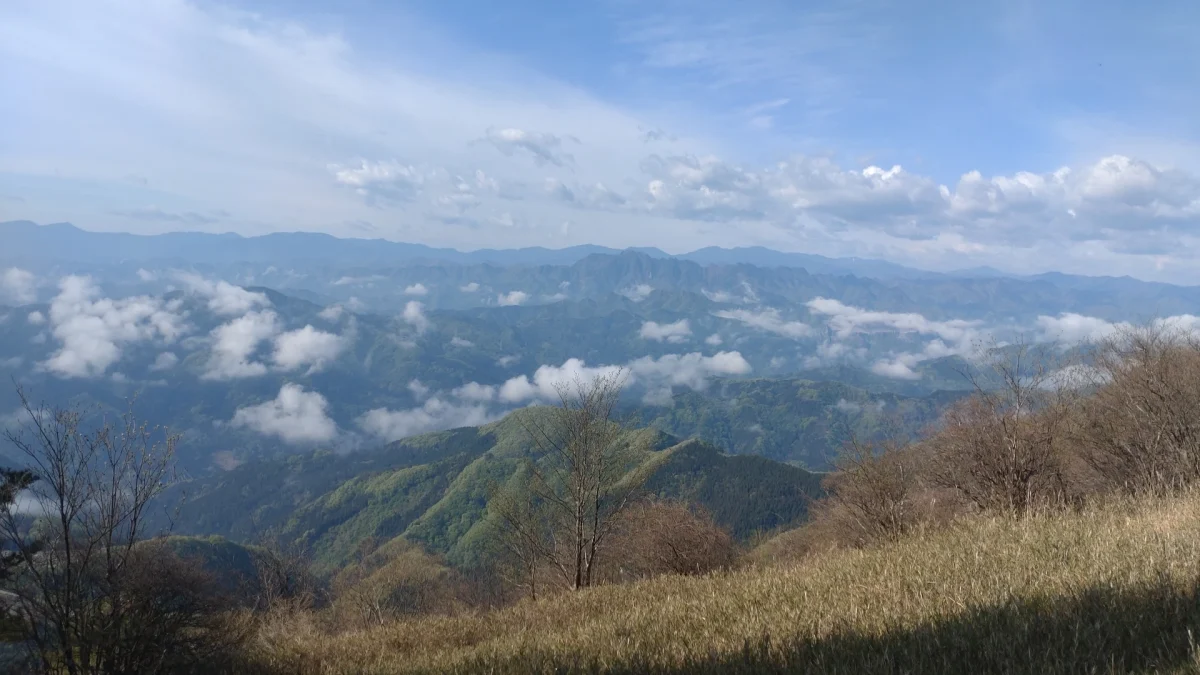
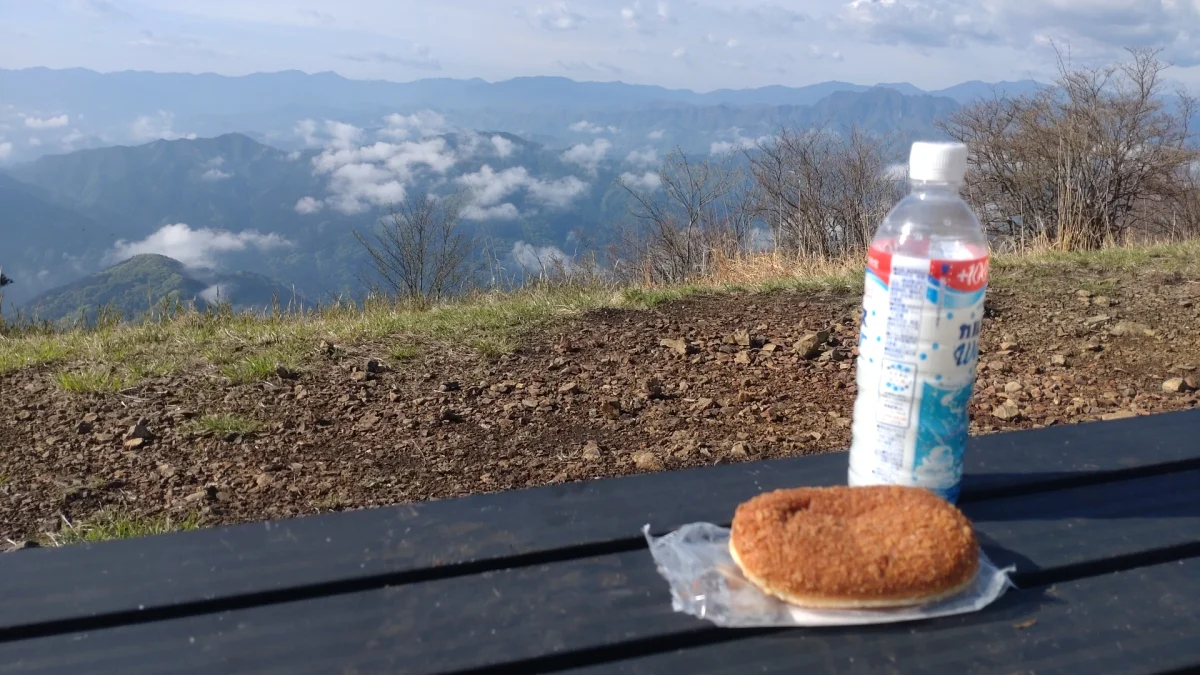
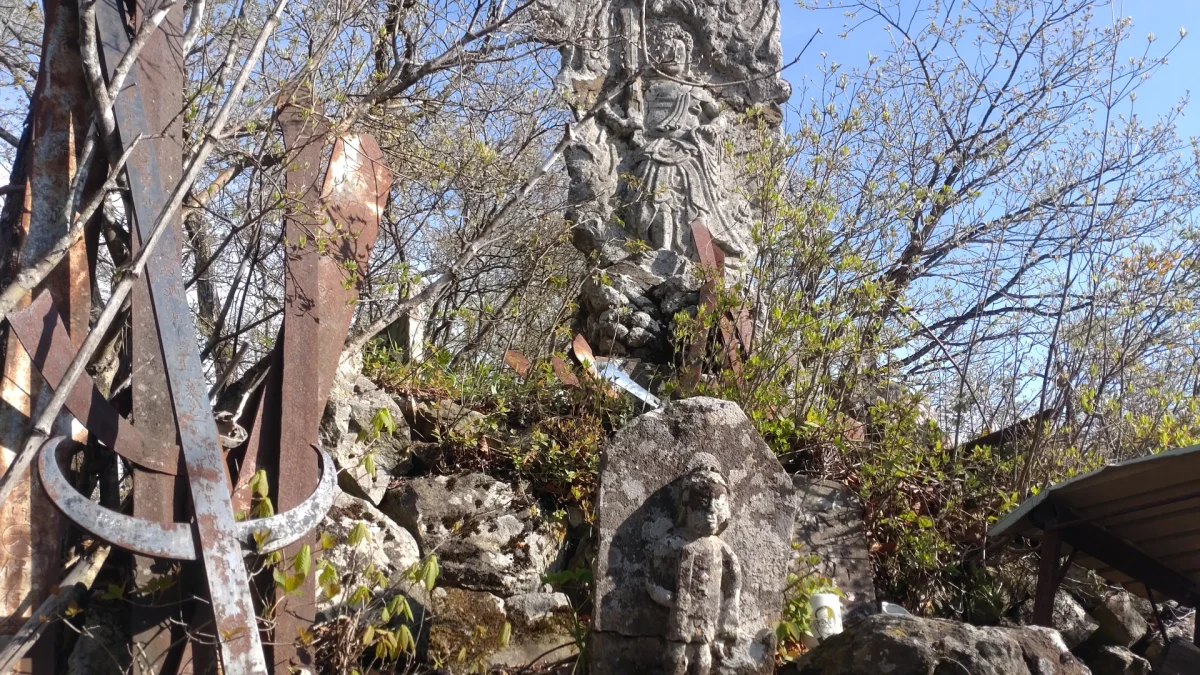
Additional information:
- Tango no Sekku (端午の節句): Also known as Children’s Day, it is a traditional Japanese holiday celebrated on May 5th to wish for the health and happiness of boys.
- Koinobori (鯉のぼり): Carp-shaped streamers traditionally flown in Japan to celebrate Children’s Day (May 5th). The carp symbolizes strength, courage, and success.
- Gogatsu Ningyo (五月人形): Samurai dolls and other decorations displayed in Japanese homes around Children’s Day (May 5th), symbolizing strength and protection for boys.
- Golden Week: A period in late April and early May in Japan that includes several national holidays, resulting in many people taking extended vacations.
- Shinto (神道 – Shintō): A Japanese indigenous religion that emphasizes the sacredness of nature and the existence of numerous deities (kami) associated with natural elements and places.

